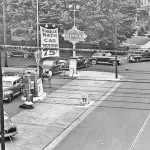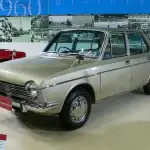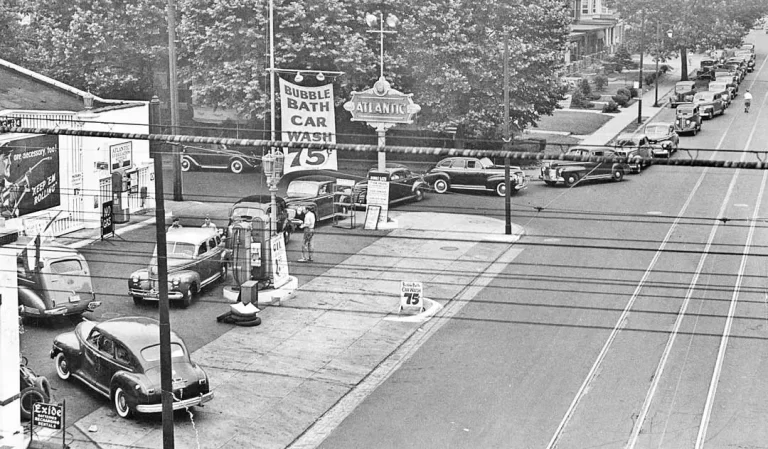Saab, originally an acronym for Svenska Aeroplan Aktiebolaget (Swedish Aeroplane Corporation), was founded in 1937 in Trollhättan, Sweden, as an aircraft manufacturer. The company played a crucial role in the Swedish defense industry during World War II, producing aircraft for the Swedish Air Force. After the war, Saab transitioned to the automotive sector, introducing its first production car, the Saab 92, in 1949.

Over the years, Saab developed a reputation for engineering innovation, safety features, and distinctive design. The company became known for its unconventional approach to car design and a commitment to aerodynamics. In 1968, Saab merged with the truck and bus manufacturer Scania-Vabis, forming Saab-Scania AB. However, the aviation and automotive divisions remained separate entities.
GM buys Saab
In 1989, Saab Automobile became an independent company through a leveraged buyout, with General Motors (GM) acquiring 50% ownership. The collaboration between Saab and GM deepened over the years, leading to GM taking full ownership of Saab in 2000. This period marked a significant influence of GM on Saab’s operations, with shared platforms and technologies between Saab and other GM brands.

Despite GM’s involvement, Saab faced financial challenges in the 2000s. The global economic downturn in 2008 further exacerbated the situation, leading to General Motors’ decision to divest itself of Saab in 2010. Several attempts were made to sell Saab, but a suitable buyer could not be found.
On December 18, 2009, General Motors announced its decision to shut down Saab after failing to secure a buyer. While a company known as NEVS would try to save the company between 2011 and 2014, less than 500 cars were built under that leadership. GM’s shutdown ultimately marked the end of Saab as an independent automaker, and the news saddened enthusiasts and loyal customers around the world.
5 Memorable Saab Cars

- Saab 92 (1949-1956): The first production car from Saab, the 92 set the foundation for the brand’s commitment to innovation and aerodynamics.
- Saab 99 (1968-1984): Notable for its distinctive design, the Saab 99 introduced innovations such as a wraparound windshield and a unique interior layout.
- Saab 900 (1978-1998): The Saab 900 became an iconic model, known for its hatchback design and turbocharged engines. It played a crucial role in establishing Saab as a premium brand.
- Saab 9000 (1984-1998): Developed in collaboration with Fiat, Alfa Romeo, and Lancia, the Saab 9000 was a luxury executive car that showcased Saab’s commitment to performance and comfort.
- Saab 9-3 (1998-2011): A successor to the Saab 900, the 9-3 continued the brand’s tradition of distinctive design and advanced safety features. It became one of Saab’s best-selling models.
These vehicles, among others, reflect Saab’s unique identity in the automotive world, combining innovation, safety, and a touch of Swedish quirkiness. Despite its challenges and ultimate closure, the legacy of Saab lives on in the hearts of automotive enthusiasts worldwide.

















